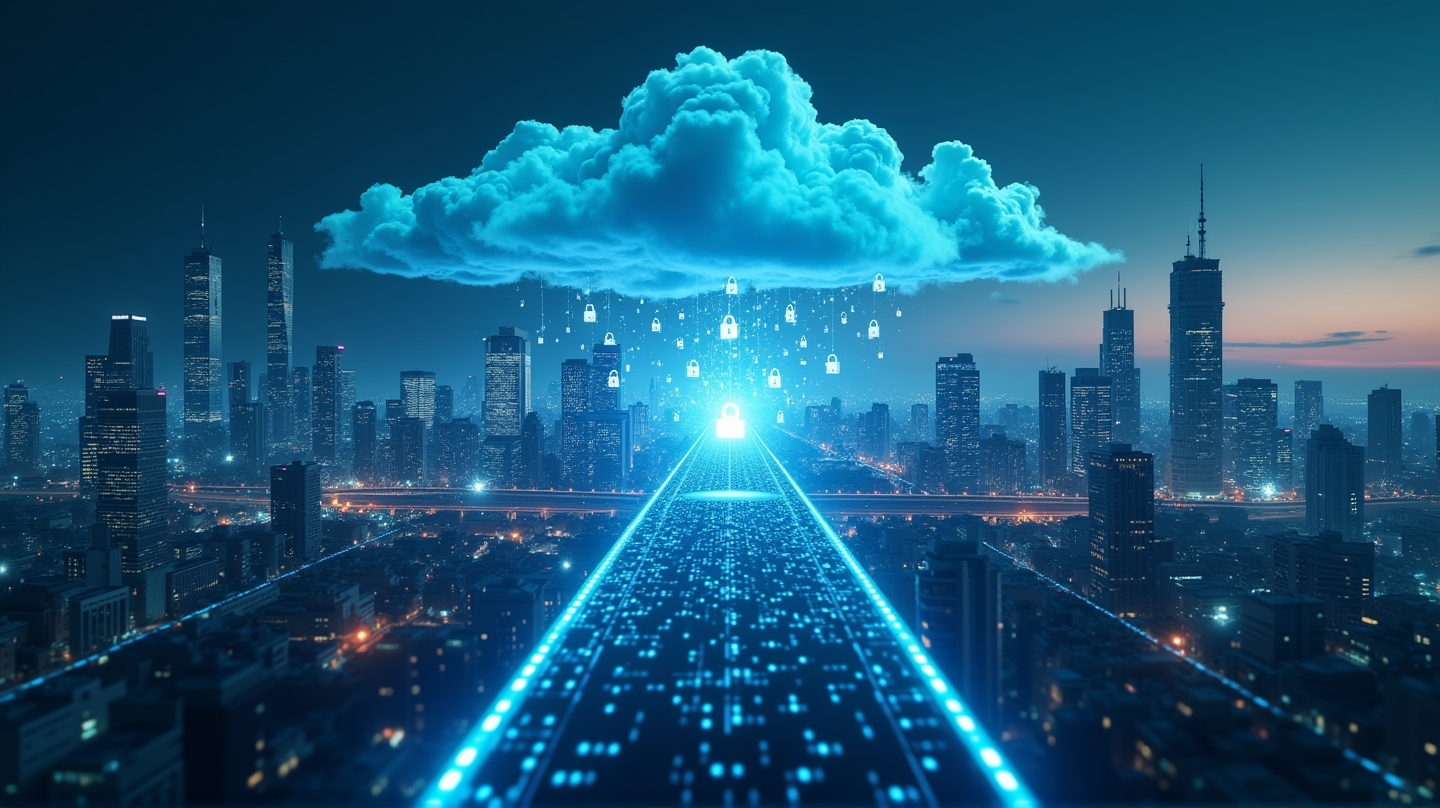Introduction Real-time rendering has revolutionized the world of 3D graphics and has become an essential component in various industries, including gaming, architectural visualization, virtual reality, and more. In this blog, we�ll delve into the concept of real-time rendering, explore...
Introduction
Real-time rendering has revolutionized the world of 3D graphics and has become an essential component in various industries, including gaming, architectural visualization, virtual reality, and more. In this blog, we�ll delve into the concept of real-time rendering, explore its significance, and understand how it influences modern visual experiences.

What is Real-Time Rendering?
Real-time rendering refers to the process of generating and displaying images or animations instantly, allowing users to interact with virtual environments and receive immediate visual feedback. Unlike traditional rendering, which may take hours or even days to complete, real-time rendering ensures that the images are produced in real-time as the user interacts with the scene or environment.
Key Components of Real-Time Rendering
Hardware Acceleration: Real-time rendering heavily relies on the power of graphics processing units (GPUs) to perform complex calculations and render images quickly. Modern GPUs are designed to handle massive parallel processing tasks, making real-time rendering feasible even for high-quality, detailed scenes. Rendering Pipeline: The rendering pipeline is the sequence of steps involved in transforming 3D models into 2D images. It includes processes like geometry processing, vertex shading, rasterization, pixel shading, and output to the screen. Efficient management of this pipeline is critical for achieving real-time rendering performance. Shaders: Shaders are essential in real-time rendering as they determine how light interacts with surfaces and materials, ultimately creating realistic visual effects. Vertex shaders and pixel shaders are the two main types used to manipulate geometry and pixels during the rendering process.
Challenges and Solutions
Real-time rendering presents various challenges, primarily related to performance and visual quality. Some of the common challenges include:
Performance Optimization: Rendering complex scenes in real-time demands efficient use of system resources. Developers employ various optimization techniques, such as level-of-detail rendering, occlusion culling, and texture streaming, to maintain high frame rates. Lighting and Shadows: Accurate lighting and shadows are crucial for realism, but they can be computationally expensive. Techniques like deferred shading, shadow mapping, and global illumination algorithms help strike a balance between visual quality and performance. Realistic Materials: Achieving realistic material representation is essential for immersive experiences. Physically-Based Rendering (PBR) techniques are widely used to simulate real-world materials accurately.Applications of Real-Time Rendering
Gaming: Real-time rendering has revolutionized the gaming industry by enabling highly interactive and visually stunning game worlds. Players can explore dynamic environments and experience realistic lighting, shadows, and physics in real-time. Architectural Visualization: For architects and designers, real-time rendering offers the ability to create interactive 3D models of buildings and environments. Clients can explore virtual spaces, make real-time changes, and get a better sense of the final product. Virtual Reality (VR) and Augmented Reality (AR): Real-time rendering plays a vital role in creating immersive VR and AR experiences. It allows users to interact with virtual objects and environments seamlessly, enhancing the sense of presence.Conclusion
Real-time rendering has transformed the way we experience digital content, from cutting-edge video games to realistic architectural visualizations and beyond. With advancements in hardware, software, and rendering techniques, the future of real-time rendering looks promising. As technology continues to evolve, we can expect even more visually stunning and interactive experiences that blur the lines between the virtual and real worlds.
Our Latest Walkthroughs
Conect With Us :
Call: 9372032805
Email: 3dpowerinfo@gmail.com / info@3dpower.in
Website: www.3dpower.in
YouTube link: https://www.youtube.com/user/3dpowerwalkthrough/videos
Facebook link: https://www.facebook.com/threedpower








